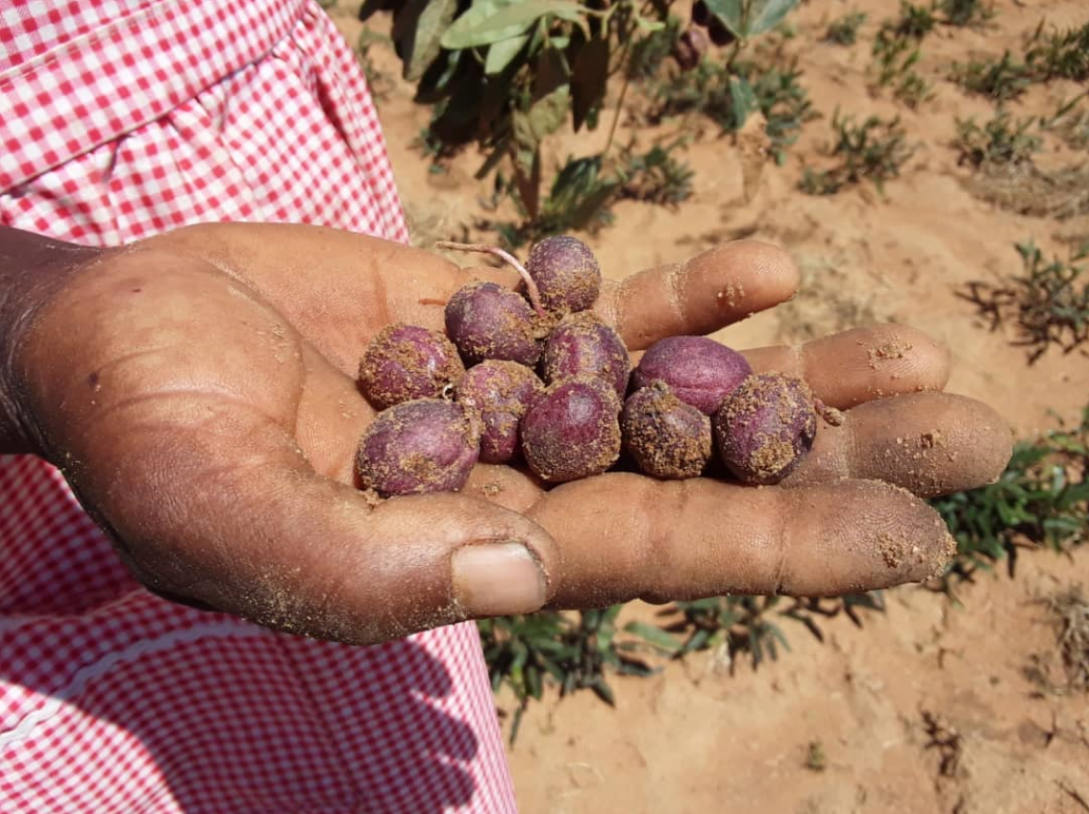Zimbabwe and the Economic Partnership Agreement (EPA)

Zimbabwe (together with the Seychelles, Madagascar and Mauritius) signed an interim Economic Partnership Agreement (iEPA) with the EU in 2009. The Agreement has been provisionally applied since May 2012. The Comoros ratified the ESA EPA in February 2019 and began applying it immediately. The five countries representing the ESA5 group of countries are the Comoros, Madagascar, Mauritius, the Seychelles and Zimbabwe.
EPAs are reciprocal and go beyond conventional free-trade agreements. It opens EU markets fully and immediately, allowing long transition periods for partner countries to open up partially to EU imports while providing protection for sensitive sectors.
The ESA iEPA is a development-oriented agreement that provides duty-free, quota-free access for all ESA-EPA exports to the EU from the first day of application of the EPA. For their part, ESA-EPA countries are progressively reducing their tariffs to zero for 80% or more of their EU imports, in line with the individual schedules annexed to the EPA. Under the EPA, Zimbabwe has liberalized 80% of its tariff lines.
To protect certain sensitive agricultural markets and industries in ESA-EPA countries and to maintain tax revenues, the ESA-EPA countries will not remove import duties for some agricultural and non-agricultural processed goods. Some products excluded from liberalisation for Zimbabwe are products of animal origin, cereals, beverages paper, plastics and rubber, textiles and clothing, footwear, glass and ceramics, consumer electronic and vehicles.
On 2 October 2019, the EU started negotiations with the ESA5 countries to deepen the existing iEPA. More information on the negotiation rounds, reports and initial textual proposals are available on https://trade.ec.europa.eu/doclib/press/index.cfm?id=2110
In 2020, despite the pandemic, the European Union (EU) has remained as an important trading partner of the Republic of Zimbabwe with 2.9% [1] of total trade.
- More information on the ESA iEPA are available on the DG Trade webpage : https://ec.europa.eu/trade/policy/countries-and-regions/regions/esa/
- Find out more about the benefits of the EPA on https://ec.europa.eu/trade/policy/countries-and-regions/development/economic-partnerships/
- Discover how the ESA-EPA is creating opportunities for EU and African businesses: https://trade.ec.europa.eu/doclib/docs/2020/october/tradoc_158986.pdf
Access2Markets:
The European Union is the world's largest single market and the EU’s Access2Markets portal is your online portal to access it!
Find product-by-product information on:
- tariffs & taxes
- customs procedures
- rules of origin
- trade barriers
- product requirements
- statistics
for all EU countries and for more than 120 export markets around the world at https://trade.ec.europa.eu/access-to-markets/en/home
[1] For the Comoros: According to the IMF DOTS database, the EU was main trade partner of the Comoros in 2020 representing 24.5% of total trade.
For Madagascar: According to the IMF DOTS database, the EU was main trade partner of Madagascar in 2020 representing 26.4% of total trade.
For Mauritius: Total trade with the EU represented a share of 24.7% in total trade of Zimbabwe for both 2019 and 2020.




